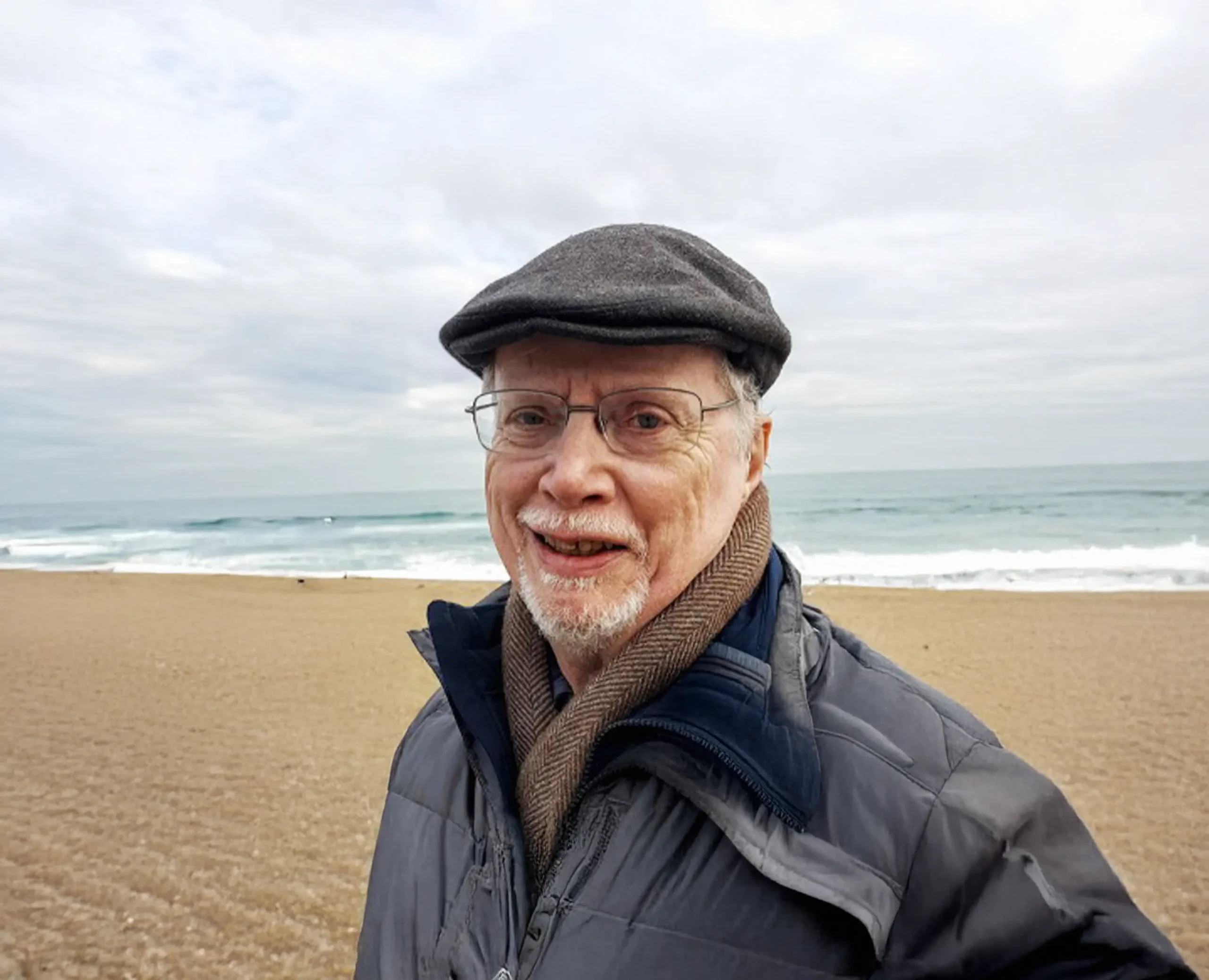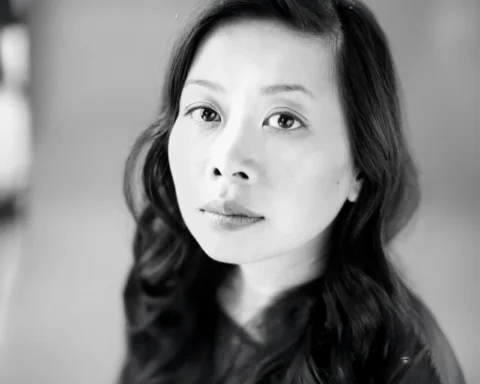(A reading of wrestling with cadence: essays on writing and intuition)
–By J.S. Porter
for Paul Lisson & Fiona Kinsella
“At once a stealth memoir and an essential study of how a poet writes, Wrestling with Cadence is the definitive history of a beloved Canadian poet in his own words.”
Stonehewer Books
For I was born with a pang at the core, and always I hankered for/rhythms that matter. Dennis Lee, “Sailaway Twain”
Imagine being the author of a poem (“Alligator Pie”) that is chanted, bounced to, skipped to and swayed to by children from Melbourne to Mombasa. Dennis Lee has enchanted the children of the English-speaking world, filling their ears with new sounds and new dreams, but that is only one hand of his poetic activity. His other hand has been busy enriching the imagination of older folks as well, with his “thoughtsongs,” his forays into being and meaning. His one hand is formidable; his two hands together are unmatched in reach and scope.
In Wrestling with Cadence, a remaking of Body Music, his publisher Stonehewer Books presents Dennis Lee talking about his landmark books—Civil Elegies, Riffs and Testament, with a sidebar on his children’s work, “Roots and Play,” alongside tributes to Al Purdy and Gaston Miron—where he discovered a new sound for new personal and social realities.
Don’t be daunted by one of the English language’s great poets speaking to you directly, passionately. His conversational tone welcomes and invites. Most of the book is more spoken—deriving from dialogue or talks— than written. It migrates from Lee’s tongue to your ear:
“Wrestling with cadence — that’s what I’d been doing for decades, and it’s what the revised essays would do now. I hoped readers would relish these stories of a tumbling, non-verbal energy, and the intuitive mooching that has sometimes coaxed it into words.”
“Vignettes from a life in words — and always the undermusic, the cadence.”
In his new book, Lee begins with a story about his atmospheric sensitivity: a story of being at a Yorkville restaurant with friends in the early 70s. His body begins to vibrate. He asks the waiter about it. He tells Lee that the basement soundproofed studio has a rock band practicing. The pulsations had made their way up through the beams and girders of the basement to the floor of the restaurant. “We had become a kinesthetic extension of the music,” says Lee. “Our bodies were collateral instruments.”
Lee’s new prose work is energetic, honest, authentic, playful, daring, probing. He raids the full language-spectrum, all the registers from slang to colloquialism to formal expression and the rhythms that run underneath language, surface, and propel it forward. Always the Child is present in his work, even in Testament, that bleak mirror of realism of who and where we are now. Always present has been cadence, whether in a poem (“Cadence”), “swivel and carom and thud,” or now in a book.
Poetically speaking, Dennis Lee is a man of many voices and many sounds. As Robert Bringhurst notes in his introduction to Heart Residence: Collected Poems 1967-2017, at different stages of his career, Lee has been a political poet” (Civil Elegies), a “goofy rhymester” (Alligator Pie and Other Poems), a “subtle lyricist” (SoCool) and “the poet of carnal love” (Riffs), and, I would add, a deeply spiritual poet (The Gods) and a poet of the apocalypse (Testament).
With Lee, you get one of the most versatile poets currently working in English. You get skipping-rope poems and deep cello-like meditations; the child at play and the old man at prayer. You get this mixedness, this mongrelism, coming at you sudden and strange, often in the same book and sometimes in the same poem.
Wrestling with Cadence showcases Lee the reflective thinker looking back on a remarkable literary production from the elegies to the riffs to the growls and grunts of planetary anxiety. He charts his creative impulse from vibrations to sounds to words. He looks for a thread that ties together all his experiments, his language expeditions, and finds what he calls cadence.
“[Vibrations] I felt them humming in my body, even though there was no physical source. What was it? I had no idea. Where did it come from? I couldn’t say. But the kinesthetic pulsation was unmistakable, and it could govern the way a poem moved. It furnished a kind of undermusic, which the poem sought to track and embody. I had no theory to explain this rhythmic cascade. But I did give it a name; for lack of a better term, I called it cadence.”
This is not exactly the usual definition of cadence. According to Merriam-Websters, cadence is “a rhythmic sequence or flow of sounds in language.” Closer to Lee’s perspective is perhaps one of the Oxford English Dictionary’s older definitions: “the rising and (esp.) falling of elemental sounds, as of a storm, the sea, etc.” But Lee goes even further back to the vibrations and frequencies his body feels before sounds, before words. His poem “Night Song 15” puts flesh on his experience of body music:
Words, words, words! How have I lived, if not by you?
Not by sense alone. Nor audible sounds, although I love them.
It is the sub-linguistic
seethe – half veiled/half opening – you
dislocate me into.
Kinesthetic pulsations (an aspect of cadence) play a part in Lee’s children’s poetry. “A good nursery rhyme is an incantation. The sheer sound and rhythm enact a spell of some kind — one that meshes both with the way our muscles want to move, and with some primal intuition of how the world fits together and flows.” Cadence also plays a part in Lee’s adult poetry, for in “the flux of energies” he senses, “the felt and living flux that poems arise from,” which are first intuited “without words.”
For many years Lee has experimented with multiple voices on the page. In his children’s work he speaks as children, “as an adult children.” In his adult work he speaks in “a declamatory public tone” and “a musing private tone” (Civil Elegies), then “a whole panoply of voices, so that at one moment the poem was chatty, at the next grave and liturgical, then sweetly lyrical, then coarse and vituperative” (Riffs). He latched onto the term polyphony — “many voices” — to describe how he moves on the page generally and specifically in Testament (poems 2000-2011), his last major voice work where sound drives sense in an invented soundscape of the strange and the familiar. Comprised of Un, Yesno and new poems, Testament mutters, murmurs, roars in language The Globe and Mail describes as “wild, brave, urgent poetry.”
According to Lee, “Testament responds to a newer, more cataclysmic music. Its busted rhythms…bespeak a phase change in the history of what-is…”
“There’s a spirit of play at the heart of the linguistic mayhem, and if we listen kinesthetically to the destruction, we may also hear regeneration. The no and the yes at once.” Lee rides “both reals at once,” what he called in an earlier work “the slaughterhouse world” and the “luminous presence.”
“This white-hot miracle of being is where words have to start. Even if the miracle has become damaged goods on our watch. The poems suss out a fresh encounter with this blighted, pre-lingual immediacy.” Exhibiting “a two-tongued heart,” the speaker praises “with a broken art.” And for all the dives into darkness, he is still able to affirm:
… yet how dumbfound how dazzled, how mortally lucky to be.
A PERSONAL NOTE
I started to read Dennis Lee in earnest in the late 1980s, and started to write about his work in 1996 in Grail (“Dennis Lee’s Hunger”) and in Quarry, 1997 (“Notes on Dennis Lee’s Gods”).
No poet of my reading occupies more chambers of my heart than Dennis Lee, with his Lucy, his Nicholas Knock, “A Song for Ookpik,” “Silverly,” “Butterfly,” “The Coat,” “Summer Song,” “You Too Lie Down,” “The Gods,” “Deeper,” “The Mystery,” “Hunger,” “Long Chant,” “Cadence,” “Not Abstract Harmonies But,” “Night Songs,” and so on.
To borrow from Lee’s diction, I continue to noodle about and mooch in his fields of longing, hunger, and play.












